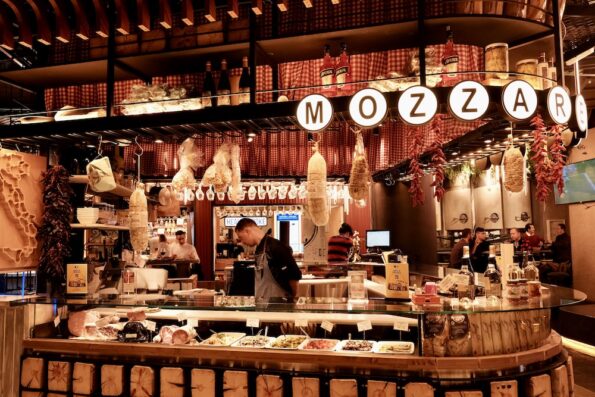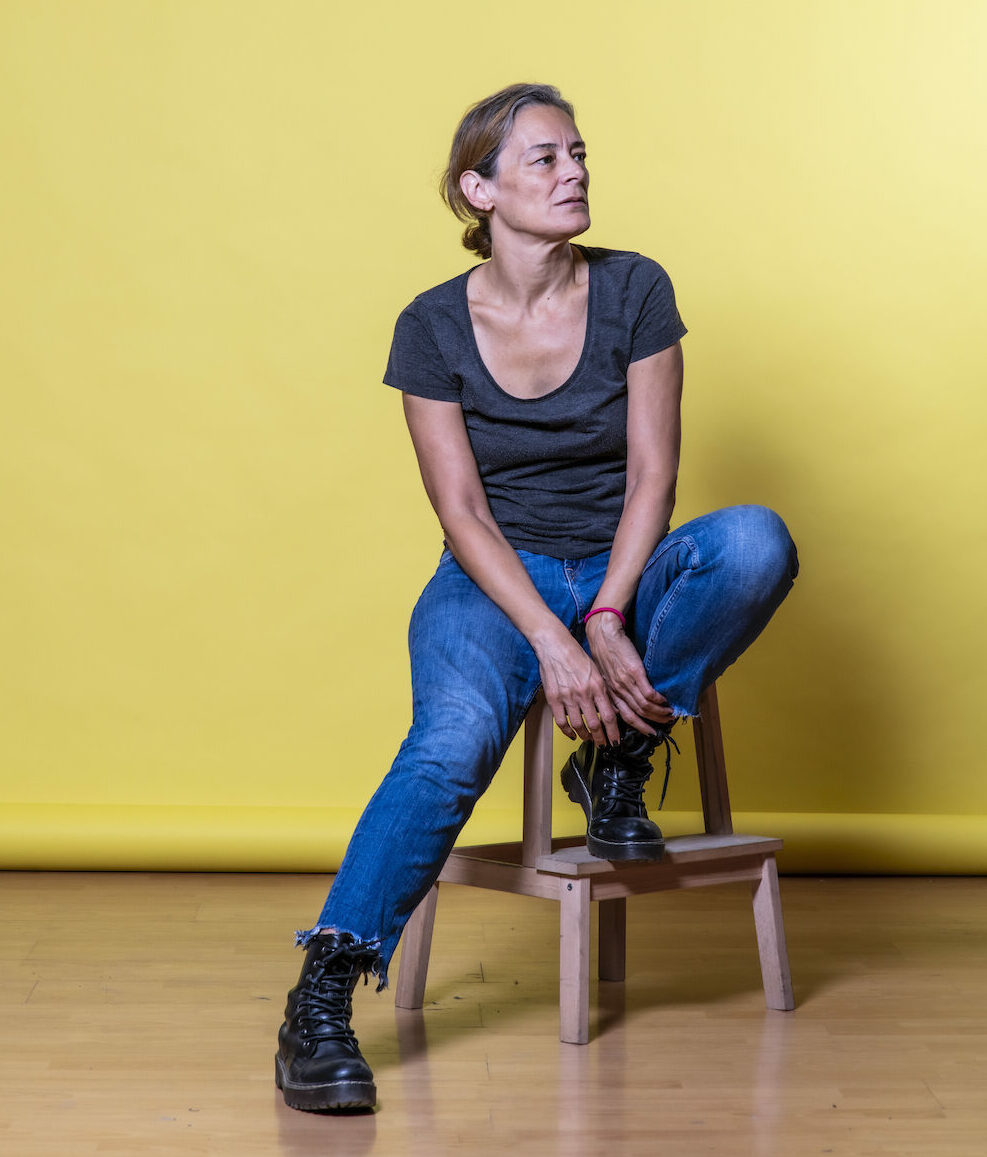Search
To search for an exact match, type the word or phrase you want in quotation marks.
A*DESK has been offering since 2002 contents about criticism and contemporary art. A*DESK has become consolidated thanks to all those who have believed in the project, all those who have followed us, debating, participating and collaborating. Many people have collaborated with A*DESK, and continue to do so. Their efforts, knowledge and belief in the project are what make it grow internationally. At A*DESK we have also generated work for over one hundred professionals in culture, from small collaborations with reviews and classes, to more prolonged and intense collaborations.
At A*DESK we believe in the need for free and universal access to culture and knowledge. We want to carry on being independent, remaining open to more ideas and opinions. If you believe in A*DESK, we need your backing to be able to continue. You can now participate in the project by supporting it. You can choose how much you want to contribute to the project.
You can decide how much you want to bring to the project.

A rhino, three ostriches and an octopus, not in a garage but in the catacombs of the recently inaugurated Four Seasons in Madrid, the penultimate five-star hotel. It’s best not to say the last because in this city there’s always be another luxury hotel about to open its doors, and to close them behind the tourist who goes down in a feverish mass to the food court as if they were going to an amusement show in search of the deep sea fauna and flora, of dramatic exoticism, of bizarre and exaggerated architecture covered in dazzling imagery of Easter, so proud of themselves, so Spanish. Restaurants and “gastronomic spaces” in which the food is no more than a mere anecdote, although, of course, a decorative element, as well. Neon lights, tropical plants, hardwood. I wonder when we stopped eating in restaurants with white tablecloths, with conventional cutlery and bathrooms, to dine in places with two Alhambra lions as faucets in the bathrooms. When did restaurants become theme parks in which the menu barely matters, although, in fact, none of the clients will consume more than three hundred calories, so it doesn’t matter, either.
For some time now, after the usual tour of shops along the Gran Via, going down to the Four Seasons has become like entering Primark, another must-see for the provincial tourist (or from Italy, for how many Italians and French shop on Sunday, an article should be written on the subject), the weekend tourist who comes to spend in two days what they earn in a month. Visitors needn’t come from very far, either, because Madrid is quickly becoming for the local, for those from Madrid, a tourism destination, a permanent invention of the ultimate trend, just another gadget, a continuous novelty. Madrid as a souvenir of itself. The tourist comes here to the lobby of the Four Seasons, or to the restaurants of the Salamanca district, to admire, as if they were going to a museum or window shopping: Japanese lanterns, giant porcelain ants, trays full of crushed ice displaying oysters or a dimly lit floor-to-ceiling aquarium where colorful fish contemplate the diners who aren’t eat, but instead are taking selfies.
On Jorge Juan Street, every ten steps we come across a restaurant that looks more like a theme park than a place to eat, like something out of Mad Men. In one place you’re on a beach in Comporta and in another one you’re in a James Bond movie. Each one imperiously (from Latin: “one who commands a lot”) different from the one next door. The menu is the least important. What matters is the dramatic, operatic, fleeting experience of being in different series every night. HBO in the Salamanca neighborhood, and Netflix is best left for the Gran Vía. Each venue offers you a different background for your Instagram pic, a guaranteed variety of different scenery, a set for each state of mind and for the next round of consumption. Each place is unique, special, unmistakable. Difference is a value in and of itself because that is what experience has wound up being: a distinctive event. After all, when we go to a hospital, a post office, a ministry or a school, they all look alike: ugly, anonymous, without a touch of class. They are places where the only thing that is consumed is the little patience we have left, our bad mood, our anxiety. Blood, sweat and tears. We ask only of them to be functional, that is, identical, recognizable, useful, even if they are not at all. But if they are not, at least they should appear to be. In fact, though, when in an institution or in an official space we come across Murano chandeliers, wooden shutters or the ocher of chipped frescoes, that is when we should start to worry: oh, those Neapolitan town halls, those Central European courthouses, Kafkaesque labyrinths, all absolutely useless.
But what about museums? What about the National Gallery, the Tate, the Louvre? When did El Prado and the other solemn institutions become amusement parks, the Tivoli, another Kinder Egg? When did the museum go from being considered high to low brow? Let’s remember Godard’s Bande à part, shot in 1969. Let’s look again at the famous scene in which three friends, Odile, Franz and Arthur, decide to run through the Louvre in nine minutes and forty-three seconds. The scene was filmed without permission, crazy, natural, and one of the most surprising things now is to see how there are hardly any visitors in the rooms and corridors of the museum. In the Louvre! No one anywhere! These days, however, there are lines of up to half an hour! Endless lines of visitors that stretch through the museum in just over those nine minutes, herds like those in the Four Seasons or in Primark, not contemplating the artwork but taking selfies and going through corridors that always lead at the end of the tour, like a magnet, to the increasingly large Gift Shop. Tourists buying a Monet flowered handkerchief, yet another T-shirt with Van Gogh’s face, a replica ring of that Renaissance portrait they didn’t even see. Let no one leave empty-handed, buy whatever you must. You are no longer a museum visitor, dear tourist, you are now a customer. A collector of the elusive yet obvious aesthetic experience. Because, after all, beauty is what something suggests to you, what provokes your imagination, what makes you imagine other places. Ugliness, like the corridor of a ministry, the counter of a bank, the waiting room of a hospital, the functional, always ends in itself, it does not suggest anything. They don’t need to. Beautiful places always tell you a story, they speak to you, lead you on, and take you by the hand. To go shopping.


Esther García Llovet, Malaga 1963, transplanted to Madrid in 1970. As in the 70’s ADHD was not yet diagnosed, she has gone at breakneck speed through successive and intense and decidedly unfruitful stages dedicated to: film directing, art history, clinical psychology, anthropology, journalism, photography, translation, dramaturgy, film scriptwriting and a long etcetera that has led her nowhere, a place from which she would sometimes like to know the exit door. But only occasionally. He has also written fiction, as it could not be otherwise. Starting with obsessive boldness and ending with a certain languor: “Sánchez”, “Cómo dejar de escribir”, “Spanish Beauty” and soon “Los guapos”, all of them in Anagrama. And a few more out there.
(Portrait credit: Alfredo Arias)
"A desk is a dangerous place from which to watch the world" (John Le Carré)